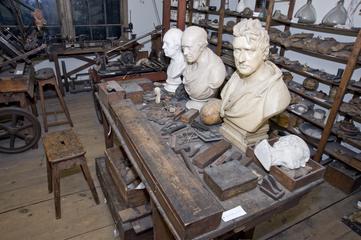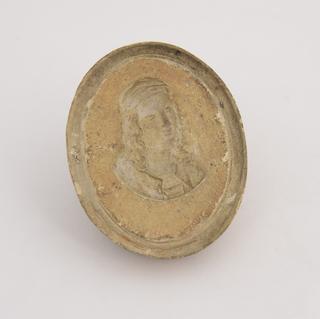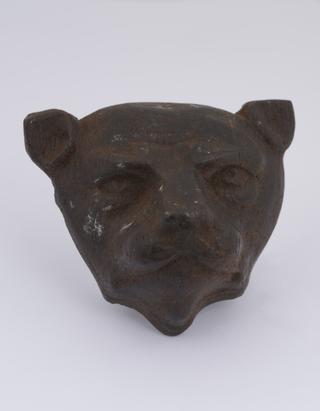
Plaster bust
- Made:
- 1790-1819






1 Plaster bust on pedestal, man, ear damaged, marked "Pubd July 1st", prepared for copying by addition of base and brass centre in head, 8" high
This item is part of the sculpture collection built by Scottish engineer James Watt, and which was kept for a long time in his garret workshop at his home, Heathfield, in Handsworth, Birmingham. The two most prominent objects in the workshop are a pair of sculpture copying machines dating to 1804-1809, one for producing reduced-sized and the other for equal-size copies. Building and using them was the main project that Watt undertook in the workshop. However, they built on his interest in sculpture which stretched back into the 1790s. Watt purchased items and then multiplied them in the workshop, making copies with his machines in different materials. The project was a fitting end to Watt’s career, continuing his interest in precision manufacture and multiplying images of himself, his associates and many other subjects in a way which is a microcosm of the larger changes in industry which were sweeping large parts of the UK.
Details
- Category:
- James Watt's Garret Workshop
- Object Number:
- 1926-1075/335
- Materials:
- alabaster (calcium sulphate) and brass (copper, zinc alloy)
- Measurements:
-
overall: 210 mm x 115 mm x 110 mm,
- type:
- portrait bust and plaster cast
- credit:
- Major J.M. Gibson-Watt




